
Nucor's Topalian lauds Trump's trade policies, downplays impact
Nucor’s top exec Leon Topalian said the benefit of the current administration’s aggressive trade policies “trumps” any risk of potentially higher raw materials prices.

Nucor’s top exec Leon Topalian said the benefit of the current administration’s aggressive trade policies “trumps” any risk of potentially higher raw materials prices.

It's just the latest change for US trade policy

President Trump cast a wide net with the proposed, reciprocal tariffs. The negotiating stage will be critical to determining the success of his strategy. And for those suffering tariff whiplash, don’t expect the pace of change to slow down just because the reciprocal tariffs are entering a negotiating phase.

“We remain deeply concerned about the national and economic security implications of the subject transaction,” the union stated in the letter dated April 21.
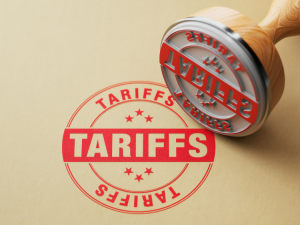
Meanwhile, an increasing number think it's too early to say whether the penalties are going to bring more manufacturing to the US.

Should foreign investment be allowed to reshape the American steel Industry? Not to be lost in the recent on-again-off-again tariff frenzy, Nippon Steel’s proposed takeover of U.S. Steel has also found itself in President Trump’s crosshairs when it comes to trade and industrial policy. Nippon Steel initially announced its nearly $15-billion bid for U.S. Steel […]
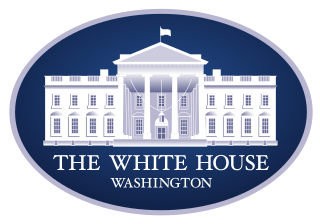
President Trump on Wednesday signed an executive order meant to breathe new life into American shipbuilding and curb Chinese dominance in the sector.

Elon Musk's DOGE is determining which Department of Energy grants to advance and which ones to terminate, according to several media outlets

Let’s just say the impact of the latest tariffs on the domestic steel market is uncertain at best.

Tariffs are taxes that the government collects. Funds are disbursed by acts of Congress. If domestic companies, including manufacturers, are to benefit from “protective” tariffs, they must raise their prices as well. Maybe not by the entire amount of the tariffs, but by some. Inflation will come.

Latest tariffs could lead to US metallurgical coal exporters (many already high-cost swing producers) being priced out of the market.

The United Arab Emirates’ Emirates (UAE) Emirates Global Aluminum (EGA) announced plans to spend $1.4 trillion dollars in the US over the next 10 years, including a greenfield primary aluminum smelter. Is this real or another soundbite?

It's the latest twist as the proxy battle heats up for Pittsburgh-based U.S. Steel.
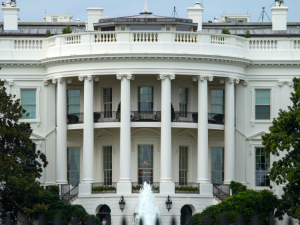
President Donald Trump on Wednesday signed a proclamation that will impose a 25% tariff on most imported passenger vehicles.

After a March frenzy, are prices nearing a peak in April? Some of you have suggested that they are. Others think it's too early to make any such call.

President Trump said on Monday there may be exceptions for some countries on reciprocal tariffs.

On February 10, President Trump announced a massive restructuring of tariffs on steel and aluminum. Those changes took effect on March 12, and they will impact US manufacturing. What will the impact be? Bye-bye exclusions Perhaps the most important change, which hits imports from all countries, is the loss of a product exclusion process to […]

The government said it hopes to reach an agreement with the two companies outside of the courts, according to a filing last week.

President Trump said he has no plans to create exemptions on the recently enacted steel and aluminum tariffs, according to media reports.

Is a fissure opening up between manufacturers and the mills on President Trump's tariffs?

Which is more important: producers or consumers? New (and arbitrary) steel and aluminum tariffs took effect last Wednesday. Based on the Section 232 trade restrictions initially imposed in 2018 – and kept by the Biden administration – they abrogate agreements between the US and Canada, Mexico, the UK, the EU, Argentina, Brazil, and Australia. They […]

President Trump’s tariffs are aimed in large part at bringing manufacturing back to the United States. In theory, it’s simple enough: Want to avoid a big tariff? Make it in the US!

Domestic steel trade associations, manufacturing groups, and the United Steelworkers (USW) union had mixed reactions to the implementation of new Section 232 tariffs without exclusions on Wednesday. Trade groups representing steel mills broadly supported President Trump’s actions, while the USW and some groups representing manufacturers were more critical. AISI Kevin Dempsey, president and CEO of […]

Imposing country-of-origin duties plus the upwardly revised Section 232 duties would create an untenable value for Midwest P1020. Modeling the extreme outcome of 25% country-of-origin tariffs plus 25% Section 232 tariffs could put Midwest physical premiums as high as $0.65 per pound. No, that is not a typo: $0.65 per pound! Primary aluminum supply chains would rotate from importing Canadian aluminum to importing it from India, the Middle East, or other very distant origins. That is worrisome for manufacturers.

"We urge you to resist any requests for exceptions or exclusions and to continue standing strong on behalf of American steel," the companies wrote.

Wonder what the fallout from all the Trump tariffs might be? A manufacturing renaissance? A post-WWII order in ashes? Or something a little more down the middle? Then register for our next Community Chat on Thursday, March 13 at 11 am ET. Yes, you read that correctly, SMU is shattering precedent by holding a Community Chat on a day that is not Wednesday. Our featured speaker will be Alan Price, a leading trade attorney at Wiley and someone whose columns you read regularly in SMU.

The latest on the trade war
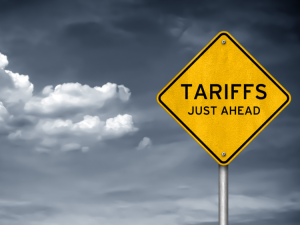
April 2 is when reciprocal tariffs are expected to kick in.

Remember infrastructure week in Trump 1.0? It became a running joke. Because it was almost always derailed by whatever the scandal of the day was. In Trump 2.0, we've got tariff week. And unlike infrastructure week, tariff week is no joke.
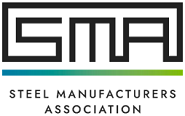
Steel Manufacturers Association (SMA) President Philip K. Bell stressed a mood of "cautious optimism" for steel on what turned out to be Tariff Eve.